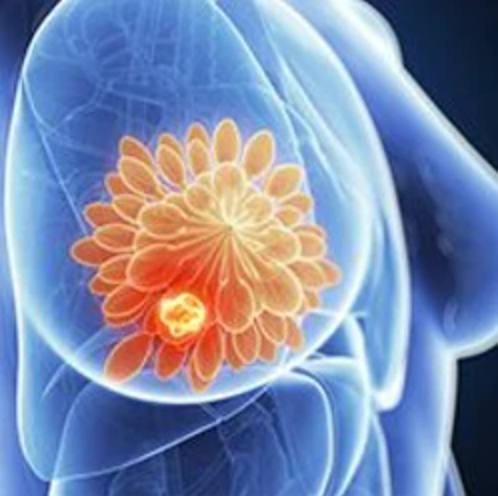Video
Dr. George on the Risk of Cardiotoxicity with Adjuvant T-DM1 Plus Radiotherapy in HER2+ Breast Cancer
Author(s):
Mridula George, MD, discusses the evaluation of cardiotoxicity associated with adjuvant trastuzumab emtansine with concurrent radiotherapy in patients with HER2-positive breast cancer.
Mridula George, MD, medical oncologist, Stacy Goldstein Breast Cancer Center, Rutgers Cancer Institute of New Jersey, assistant professor of medicine, Rutgers Robert Wood Johnson Medical School, discusses the evaluation of cardiotoxicity associated with adjuvant ado-trastuzumab emtansine (T-DM1; Kadcyla) with concurrent radiotherapy in patients with HER2-positive breast cancer.
Adjuvant T-DM1 is the current standard of care for patients with residual breast cancer after neoadjuvant HER2-targeted therapy. Additionally, patients at a high risk of recurrence are routinely offered adjuvant radiation.
Because T-DM1 is associated with a risk of cardiotoxicity, defined as a decline in left ventricular ejection fraction (LVEF), investigators conducted an institutional review of cardiotoxicity experienced by patients with stage I to III HER2-positive breast cancer treated with adjuvant T-DM1 and concurrent radiation, George says. During treatment, these patients were monitored by echocardiograms on intervals of at least 3 months to allow investigators to examine changes in cardiac function during treatment. Investigators collected data on age, date of diagnosis, history of cardiac disorders, echocardiogram findings, radiation dose, final pathologic stage, and molecular subtypes of cancer.
Findings presented at the 2022 San Antonio Breast Cancer Symposium showed that among 32 women examined during the review, 13 patients had left-sided breast cancer and received left-sided breast radiation. Additionally, 15 patients presented with a history of hypertension, putting them at increased risk for cardiac dysfunction, George notes.
LVEF was measured both pre- and post-treatment, and data showed that there was not a significant difference in LVEF in patients who received adjuvant T-DM1 and concurrent radiation, George explains.
However, 2 patients experienced a decline of more than 10% in LVEF. Notably, both patients were in their late 60s and had a history of hypertension, George explains. Treatment was discontinued in both patients, and both experienced a restoration of LVEF, George notes. No symptoms of heart failure were observed in these 2 patients, and they were both followed by cardiologists, George concludes.









